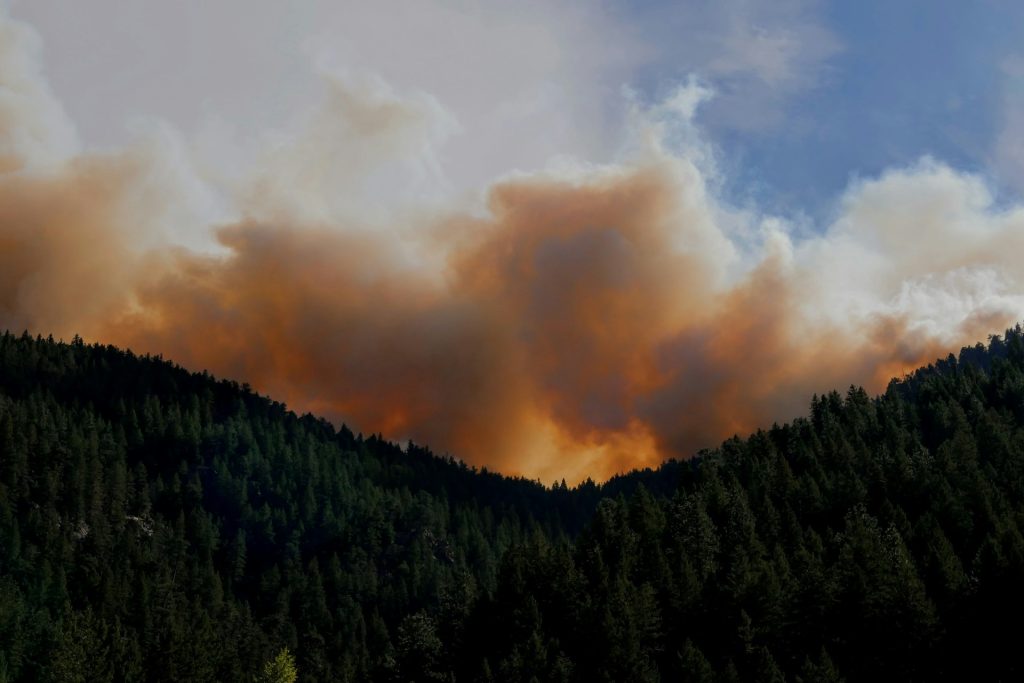
In recent days, beginning on Sunday, June 8, an eerie atmosphere swept across the alpine regions. Skies appeared dull, the sun barely visible through a pale filter, and the horizon was cloaked in a grey haze — not just at higher altitudes but also in the valleys. This surreal scene was not caused by Saharan dust, which occasionally reaches Europe in spring due to the sirocco winds. Instead, the cause was far more distant and alarming: a thick cloud of smoke originating from massive wildfires raging in Canada.
Since the start of 2025, these fires have scorched approximately 3.5 million hectares of land — that’s 35,000 square kilometres, roughly the combined size of Italy’s Piedmont, Liguria, and Aosta Valley regions. To put this into perspective, it’s already more than the area that typically burns in Canada over the course of an entire year, based on the country’s average over the past two decades.
While wildfires have always played a role in forest ecosystems — helping certain plant species regenerate and contributing to ecological cycles — their nature is changing. Human-driven climate change is creating conditions that make these events more severe and more frequent. Longer periods of drought, combined with higher average temperatures, are increasing evaporation and drying out forests, making them more susceptible to ignition and rapid spread. These trends have been widely documented, including in the 2022 United Nations report “Spreading Like Wildfire.”
Regardless of their origin — be it lightning strikes, unattended campfires, or acts of arson — today’s wildfires are behaving differently. They are breaking out in regions and during seasons that previously saw little fire activity. They burn with greater intensity, are harder to contain, and pose new threats not only to forest ecosystems but to human health and climate stability.
The environmental toll is enormous. Forests, which play a crucial role in absorbing climate-warming carbon dioxide, are being lost at unprecedented rates. At the same time, the fires themselves have become major sources of greenhouse gas emissions. This vicious cycle further worsens the global climate crisis.
Moreover, the public health impact is becoming more evident. Smoke from the Canadian fires travelled thousands of kilometres, darkening skies and reducing air quality far beyond the immediate vicinity. The fine particulate matter carried in wildfire smoke can worsen respiratory conditions, trigger heart problems, and endanger vulnerable populations, particularly children and the elderly.
As the alpine regions found themselves beneath a haze not of their own making, the incident served as a stark reminder of how interconnected our global environment has become. A fire started in the forests of Canada can darken skies and damage lungs across an ocean. What was once a local or seasonal phenomenon is now a global challenge — one that demands urgent attention, from mitigation efforts to reduce emissions to enhanced readiness for future wildfire seasons.



